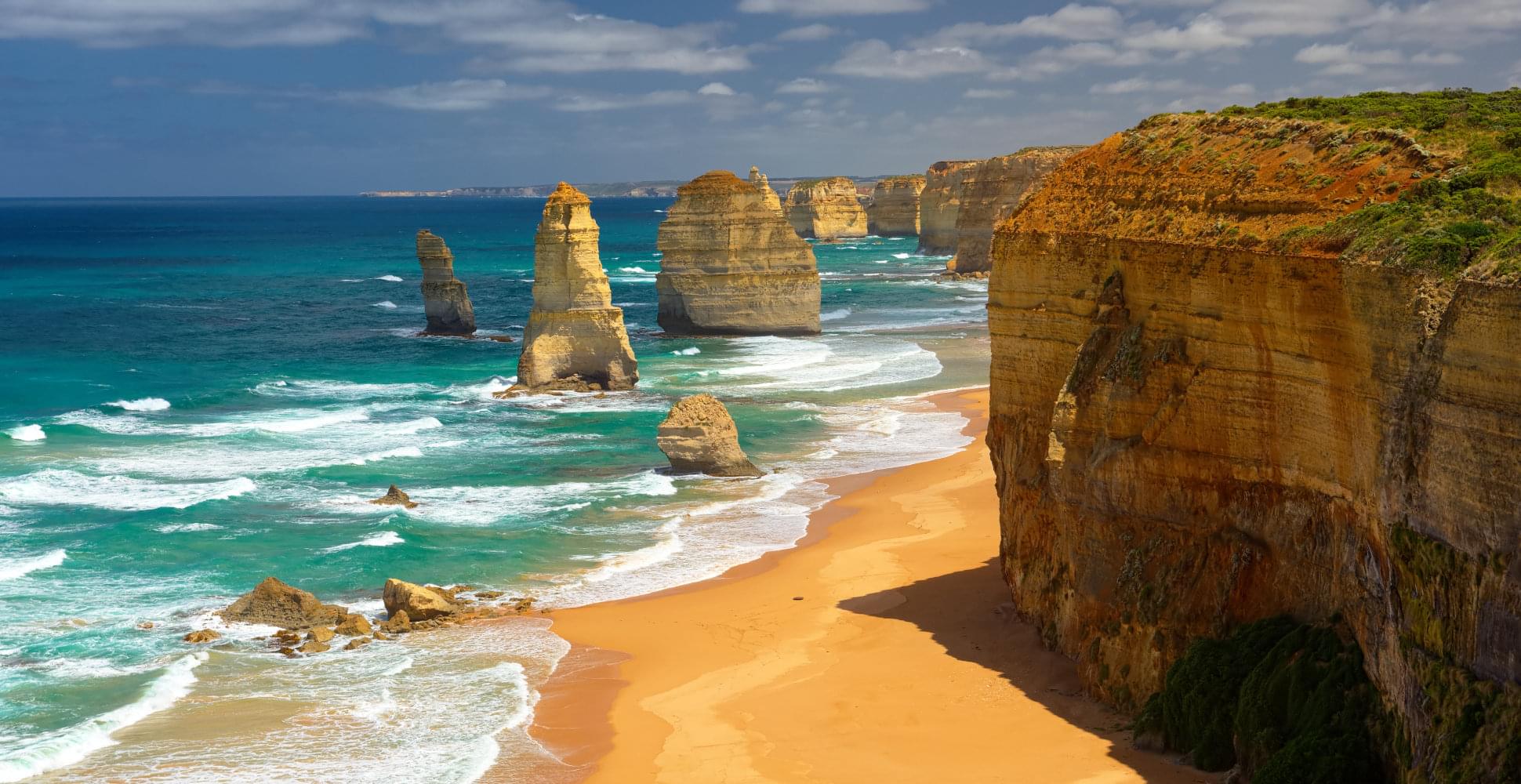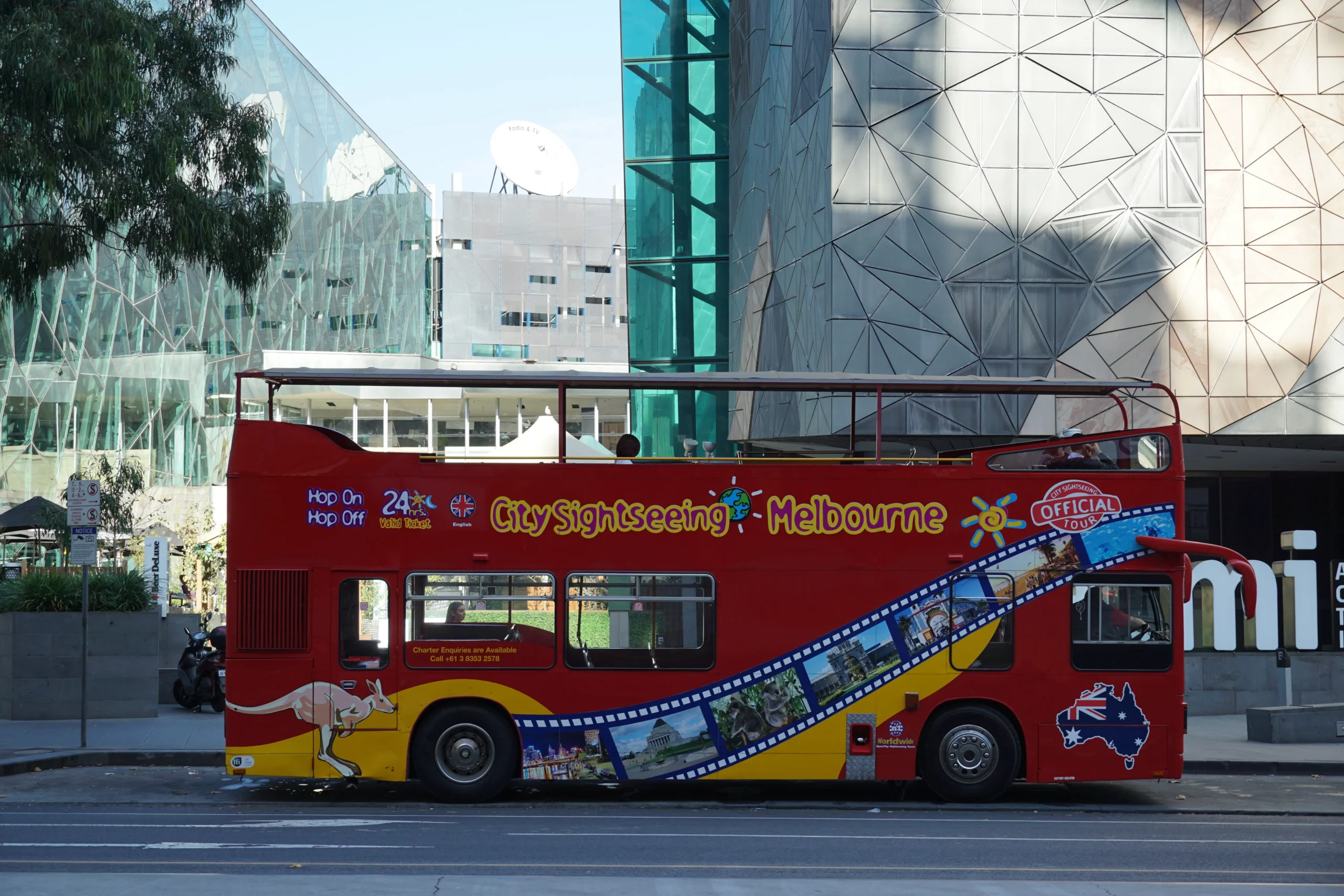Introduction
When people hear the phrase “The Land Down Under,” one country instantly comes to mind: Australia. This beloved nickname evokes images of sun-drenched beaches, outback adventures, exotic wildlife, and a uniquely laid-back culture. But the Land Down Under is far more than koalas and kangaroos—it’s a nation rich in history, teeming with biodiversity, and filled with vibrant cities and ancient landscapes. In this article, we’ll take a comprehensive look at what makes the Land Down Under truly exceptional—from geography and indigenous culture to modern society and international identity.
Why Is Australia Called the Land Down Under?
The phrase originates from Australia’s geographic location in the Southern Hemisphere, “down under” the equator. It’s a colloquial way of referring to Australia that highlights its southern position on the globe. Though catchy and informal, the term has been embraced internationally and within Australia as a symbol of uniqueness, distance, and curiosity.
A Glimpse at the Geography
Australia is both a country and a continent, the sixth largest in the world by total area. It is surrounded by the Indian Ocean and Pacific Ocean and includes Tasmania, as well as several smaller islands. From tropical rainforests in Queensland to deserts in the Red Centre, the geographical diversity is immense. Some of the most iconic natural landmarks include:
-
The Great Barrier Reef
-
Uluru (Ayers Rock)
-
The Blue Mountains
-
Kakadu National Park
-
The Daintree Rainforest
These natural wonders help define the rugged beauty that draws travelers to the Land Down Under.
Indigenous Heritage and History
Long before European colonization, the Land Down Under was home to the world’s oldest continuous cultures. Aboriginal Australians have lived on the continent for more than 65,000 years. Their connection to the land is deeply spiritual, and Dreamtime stories offer profound insights into creation, culture, and morality.
Colonization began with the arrival of the British First Fleet in 1788. Sadly, this led to widespread dispossession, discrimination, and suffering among Indigenous communities. Today, Australia continues to reckon with its colonial past, with efforts to recognize Indigenous land rights, support reconciliation, and preserve cultural traditions.
Australia’s Vibrant Cities
Though it’s famous for its wild landscapes, Australia also boasts modern, multicultural cities. Each capital city offers its own flavor:
Sydney
The largest city in the Land Down Under, Sydney dazzles with its iconic Opera House, Harbour Bridge, and beach culture. It’s a blend of urban sophistication and coastal living.
Melbourne
Known for art, food, and sports, Melbourne is a cultural capital. Its laneways, festivals, and creative energy make it a favorite among locals and tourists alike.
Brisbane
A sunny, relaxed city on the east coast with access to the Gold Coast and Sunshine Coast. Brisbane offers a balance of nature and city life.
Perth
Situated on the west coast, Perth is isolated but cosmopolitan, with beautiful beaches, parks, and a booming mining economy.
Adelaide, Hobart, Darwin, and Canberra
Each of these cities adds unique value to the nation—whether it’s Canberra’s political importance, Hobart’s natural beauty, Darwin’s tropical vibe, or Adelaide’s wine regions and festivals.
Australian Wildlife and Biodiversity
One of the most distinctive aspects of the Land Down Under is its wildlife. Due to its long isolation from other land masses, Australia is home to animals found nowhere else in the world. These include:
-
Kangaroos and wallabies
-
Koalas
-
Emus
-
Platypuses
-
Echidnas
-
Wombats
Reptiles and marine life also abound, making Australia a paradise for nature enthusiasts and biologists. With over 500 national parks, the country is committed to preserving its biodiversity despite environmental threats.
Outdoor Culture and Adventure
The Land Down Under is synonymous with outdoor living. Australians enjoy an active lifestyle, with many embracing surfing, hiking, swimming, and camping as part of daily life. The country’s mild climate and accessible nature reserves encourage year-round exploration.
Sports also play a massive role in national identity. From Australian Rules Football and cricket to rugby and surfing, sport is more than recreation—it’s a cultural pillar.
Food and Drink in the Land Down Under
Australia’s culinary scene has evolved into a diverse and flavorful fusion of global cuisines. Influenced by British roots and enriched by Asian, Mediterranean, and Middle Eastern migration, the food is as vibrant as the culture itself.
Famous Aussie flavors include:
-
Meat pies
-
Vegemite on toast
-
Lamingtons
-
Pavlova
-
Tim Tams
In recent years, coffee culture has exploded, especially in cities like Melbourne. Australian wines and craft beers have also gained global acclaim.
Education, Economy, and Innovation
Australia boasts one of the world’s highest standards of education and healthcare. Its universities consistently rank in the global top 100, attracting international students from across the globe. The economy is robust, driven by sectors like mining, tourism, education, and finance.
The Land Down Under is also known for innovation in environmental science, medicine, and technology. Many inventions—from the black box flight recorder to Wi-Fi—originated here.
Cultural Contributions and Global Identity
Australian culture blends Indigenous heritage with British and multicultural influences. The arts—film, music, theater, and literature—play a major role. Celebrities like Cate Blanchett, Hugh Jackman, Chris Hemsworth, and Nicole Kidman hail from Australia.
Australia’s image abroad is shaped by a combination of cultural exports, tourism campaigns, and its reputation as a friendly, open society. However, it continues to evolve, particularly as it addresses challenges like climate change, immigration policy, and Indigenous rights.

Frequently Asked Questions (FAQs)
What does “the Land Down Under” mean?
It refers to Australia’s location in the Southern Hemisphere, literally “down under” the equator.
Why is Australia called the Land Down Under?
Because it lies south of most countries and continents, the nickname emphasizes its geographic uniqueness.
Is the Land Down Under only Australia?
Mostly yes. Sometimes New Zealand is casually included, but the phrase is strongly associated with Australia.
What animals live in the Land Down Under?
Kangaroos, koalas, emus, wombats, platypuses, and countless unique reptiles, birds, and marine species.
Is the Land Down Under a safe place to visit?
Yes, Australia is generally very safe with excellent healthcare, low crime rates, and friendly locals.
What language is spoken in the Land Down Under?
English is the official language, though many other languages are spoken due to its multicultural population.
What time of year is best to visit the Land Down Under?
It depends on the region, but spring (September–November) and autumn (March–May) offer the most pleasant weather.
Are there Aboriginal communities in modern Australia?
Yes, many Aboriginal people live in both urban and remote areas, preserving cultural practices and advocating for rights.
Conclusion
The Land Down Under is a phrase that captures far more than geography—it embodies a culture of resilience, freedom, natural wonder, and diversity. Australia stands as one of the world’s most unique destinations, combining ancient heritage with modern lifestyle in a way few places can.
Whether you’re planning a visit or simply curious about what life is like in this far-flung corner of the world, the Land Down Under offers stories, sights, and spirit that will leave a lasting impression.




